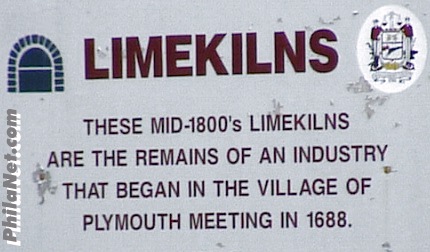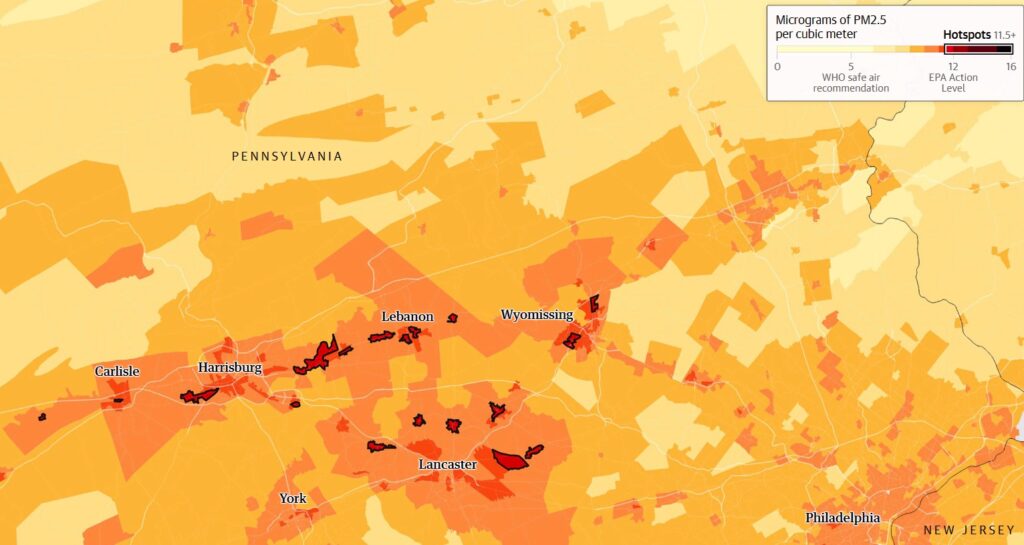by Daniel Brouse

Hypothesis
The train derailment in Plymouth Meeting (July 17, 2023) and the seven people swept away by flood waters in Washington’s Crossing (July 15, 2023) were caused in part by our forefathers’ creation and contribution to climate change. In the 1600’s and 1700’s, the United States fostered worldwide freedom, abolition, revolution, war, finance, commerce, and industry. In 1688, the American forefathers created the cradle of human induced global warming in Plymouth Meeting, PA with the establishment of a limestone quarry and limekilns.
Limekilns are used to make quicklime by cooking limestone to 1,650 ℉. Quicklime is used in fertilizer, insecticides, tanning, mortar, plaster, high-grade steel, paper, and cement. Until the creation of the limekilns in 1688, colonists crushed oyster shells to create quicklime. The quicklime industry helped fund the American Revolution and the Underground Railroad.
Decomposing limestone (CaCO3) into quicklime (burnt limestone; CaO) releases significant CO2 emissions, both from the combustion of fuel needed to heat the kiln to temperatures over 1,000°C, and by the release of CO2 from the reaction itself (CaCO3 –> CaO + CO2). Because quicklime is a key ingredient in the production of cement, as well as being used in steel, pulp-and-paper and other industries, efforts are underway to reduce the carbon footprint of this operation. — Chemical Engineering / February 1, 2022
Plymouth Meeting
Plymouth Friends Meetinghouse: birthplace of the American Revolution
The Quaker Meetinghouse (located at the corners of Butler Pike and Germantown Avenue) is where the forefathers met to plan and carry out the creation of the USA.
Across the street…
The Underground Railroad: birthplace of Freedom in the USA
“As part of the Plymouth Meeting Anti-Slavery Society they held meetings in the Plymouth Friends Meetinghouse across the street from their home.”
Head north just a bit…
Limekilns: The cradle of commerce in the USA
“Remains of an industry that began in the village of Plymouth Meeting in 1688”
The original Made in America human influencer of climate change on an industrial scale.
If you head east a bit…
Old Corson Quarry: original mine for the limekilns and site of the train derailment
Before they discovered limestone in Plymouth Meeting, colonists had to crush oyster shells. The quarry is still in use today and was purchased by Highway Materials, Inc. in 1997.
Conclusion
On a weekend in July 2023, extreme rainfall caused flash flooding that resulted in:
- seven drowning fatalities in Washington’s Crossing, PA
- sinkholes to develop in the carbonate rock under the railroad tracks in Plymouth Meeting causing a train derailment
The deaths and damage to infrastructure were caused in part by the culture, economics, and “cradle of climate change” created in Plymouth Meeting in 1688. 

